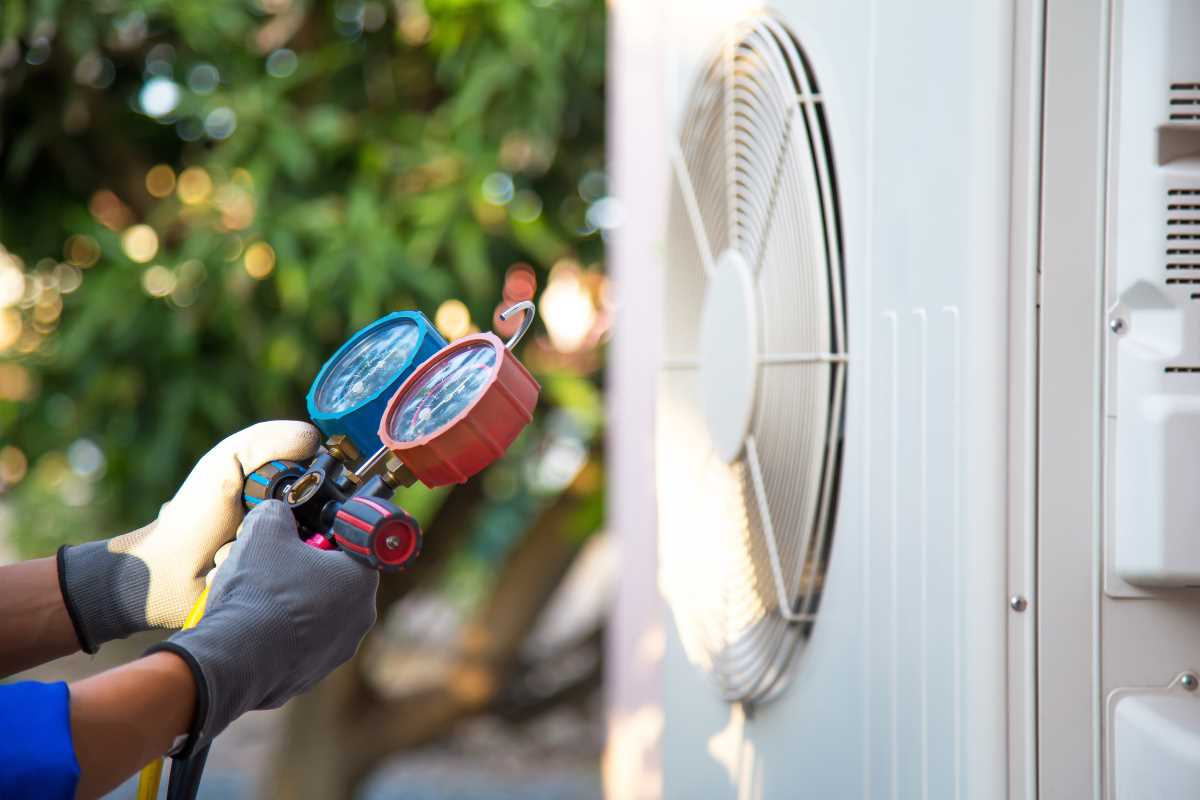Heating and cooling systems keep our homes and workplaces comfortable throughout the year. If you enjoy fixing things and want a job where you can help people every day, working with these systems might be a great career choice. It may seem complicated at first, but when you take it step by step, the process becomes much more manageable. This guide will walk you through everything you need to know, from building basic skills to earning the right certifications. You will learn how to get started in this hands-on career and what steps to take to succeed. By the end, you will know how to begin a rewarding job that lets you make a real difference for others.
What Does an HVAC Technician Do?
These professionals handle temperature, airflow, and indoor air quality in different buildings. Their work covers installation, regular maintenance, repairs, and system upgrades.
Core Tasks:
- Setting up new equipment in homes, offices, or industrial spaces
- Checking and maintaining proper operation of equipment
- Finding the source of problems and making repairs
- Swapping out old models for more energy-efficient options
Strong communication is important in this line of work. You’ll explain issues to customers in simple terms and often work both alone and as part of a team. The job also blends technical tasks and people skills.
Why Choose a Certified Career in HVAC?
Earning a recognized credential shows that you have up-to-date knowledge and are serious about safety and quality. Most employers prefer hiring those with proof of their abilities, and certified professionals often get better pay and growth opportunities.
A few primary reasons people get certified:
- Better pay compared to those without certification
- More choices in a competitive job market
- Chance to learn skills in high-tech systems, green energy, or advanced repairs
Now, it's time to learn the steps to certification.
1. Graduate High School or Earn a GED
Start with a diploma or GED since most training programs require it. Focusing on core classes in school can help.
Subjects That Are Useful:
- Math for making calculations and measuring
- Science, like physics and chemistry, for understanding how systems work
- Shop classes for hands-on practice
2. Join a Training Program
Look for technical schools, community colleges, or dedicated trade schools. Programs usually blend classroom learning with time in a workshop or lab, letting you practice new skills in real situations.
What Makes a Program Stand Out:
- Approval from well-known organizations, like HVAC Excellence or PAHRA
- Classes on subjects such as how to spot and fix faults or stay safe on the job
- Opportunities to train with current technology
How Long It Takes
Most programs last anywhere between six months and two years, depending on the type of certificate or degree you select.
3. Get Real-World Experience Through Apprenticeships
Working alongside experienced technicians helps turn book learning into practical skills. An apprenticeship also lets you earn a paycheck while you gain experience.
Why This Step Matters:
- Apply what you’ve learned, earning a wage at the same time
- Build time management and customer service abilities
- Meet mentors and industry contacts who can help your career
Unions, contractors, or training centers often run these programs. Training usually lasts two to five years, depending on your progress and local standards.
4. Check State Licensing Rules
Some states require a license before you can work on your own. You may need to pass a written test, prove you finished a training program or apprenticeship, and meet age or residency rules. Check the requirements where you plan to work in advance.
5. Become Certified
Certifications help show you have advanced knowledge in certain areas. In some cases, certification is required by law, while in others, it simply gives you more job choices and earning power.
Common Certifications:
EPA Section 608
- Mandatory for anyone who works with refrigerants
- Includes several types depending on which systems you want to handle (small appliances, high-pressure, low-pressure, or all types combined)
NATE (North American Technician Excellence)
- Valued for showing specialized skills in areas such as air conditioning, heat pumps, and refrigeration
HVAC Excellence
- Awards extra credentials for advanced work, such as heat pump or residential air conditioning expertise
6. Enter the Job Market
With your credential in hand, you can now look for jobs that fit your interests. Networking with instructors, friends from your classes, or mentors often leads to professional opportunities.
Job Settings:
- Larger companies that recruit entry-level helpers and offer additional training
- Self-employment down the road after you’ve built up skills and confidence
7. Keep Learning and Grow in Your Career
New technology enters the field every year. Taking short courses or earning additional endorsements in things like energy-saving solutions or smart home integration will keep your knowledge fresh and your job choices broad.
Areas you might consider for advanced study:
- Solar or geothermal climate control
- Connecting heating and cooling to smart home systems
Starting as a certified technician gives you a strong entry into a reliable and rewarding profession. The need for quality climate control continues to rise, especially as people look for ways to save energy and stay comfortable. With the right mix of education, hands-on training, and up-to-date credentials, you’ll be ready to help communities (and build a secure future for yourself) in this practical and growing field.







